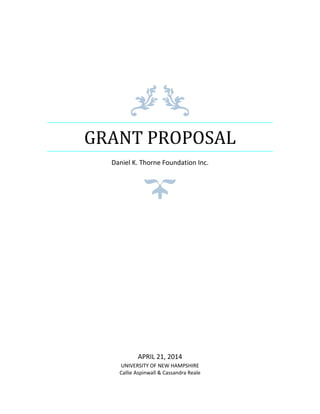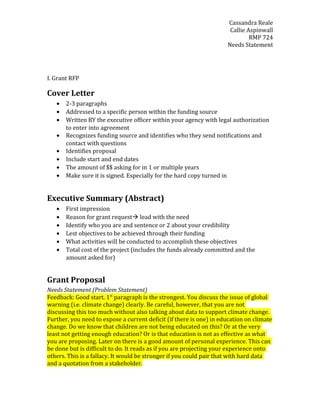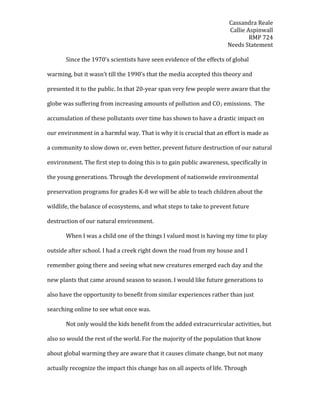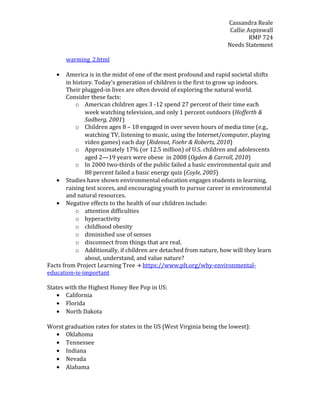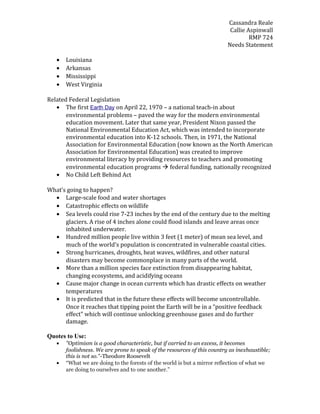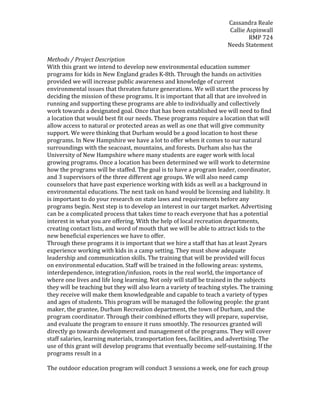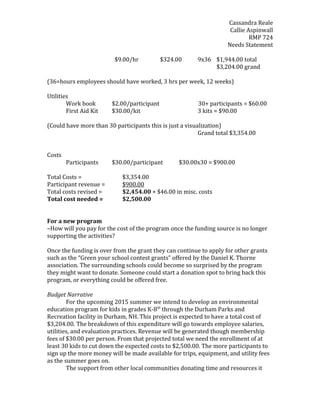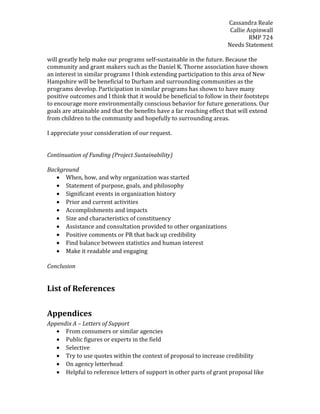The programs would consist of 10 sessions over 3 months, with groups divided by age. They would be led by a coordinator and involve hands-on learning about plants, animals, and environmental issues. The goals are to increase awareness of climate change and conservation among children so they can educate others. Evaluations would assess knowledge gained and the programs' ability to encourage environmentally friendly behavior. The budget requests funding for coordinator and staff salaries, workbooks, first aid kits, and other materials.
